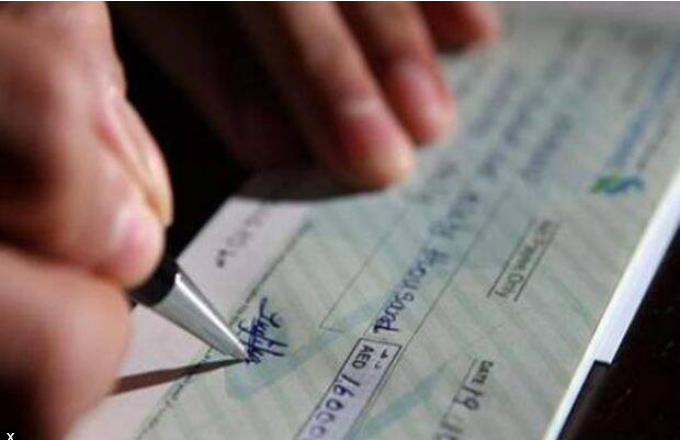To tackle the increase in cases of bank fraud in the nation, the Reserve Bank of India (RBI) introduced the Positive Pay System in January this year to detect fraudulent activity. The frauds are detected by matching specific information of cheques issued by a user for clearance.
After the implementation of the new rule, customers, who will issue cheques, will have to inform their respective banks and give cheque details via net/mobile banking or a physical visit to the branch. If anyone fails to do so before issuing a cheque, then it will bounce.
Some banks are offering their customers to complete this formality is SMS, ATM, or email, however, it can be proved a hurdle for senior citizens or people not adept with these methods.
After the customer will inform the bank, they will verify the information provided by the issuer, including the cheque number, cheque date, payee name, account number, the amount. These pieces of information will be verified against the previous cheques.
The central bank had directed banks to follow this new system from January 1, 2021, to safeguard all parties from getting involved in fraud activity. The RBI had earlier asked banks to follow this system with cheques amounting to Rs 50,000 and above, but later, it conveyed that banks could also consider making it mandatory for cheques above Rs 5 lakhs too.
RBI Chief General Manager P Vasudevan, last year in September, said, “The concept of Positive Pay involves a process of reconfirming key details of large value cheques. Under this process, the issuer of the cheque submits electronically, through channels like SMS, mobile app, internet banking, ATM, etc., certain minimum details of that cheque (like date, name of the beneficiary/payee, amount, etc.) to the drawee bank, details of which are cross-checked with the presented cheque by CTS. Any discrepancy is flagged by CTS to the drawee bank and presenting bank, who would take redressal measures.”


